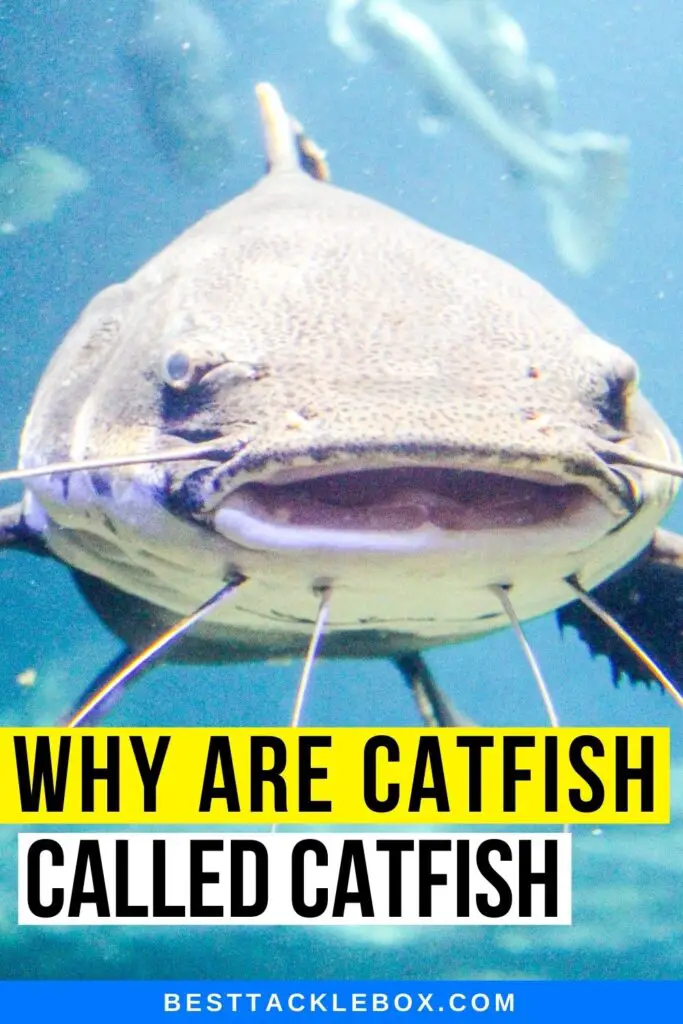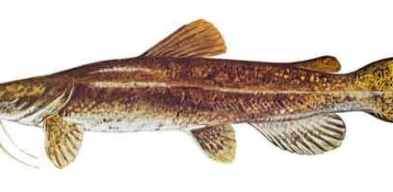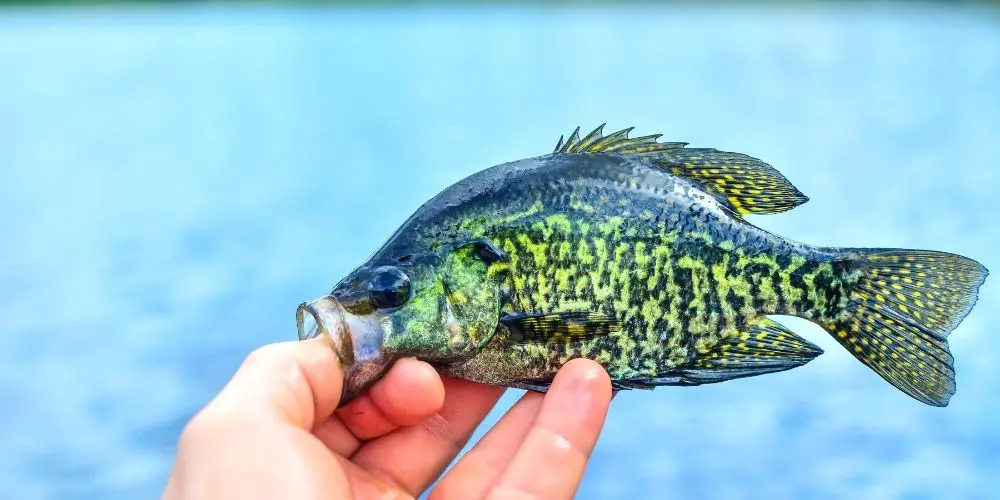Why are Catfish called Catfish

The name catfish refers to the long whiskers that they have around their mouth. These are called barbels which resemble whiskers on a cat. That is where they get their name. All catfish have at least one set of these whiskers and some have more.
Catfish has have spines can cause painful injuries if touched because some come with venom glands that help protect them from predators like humans who might want to eat them for dinner!
Related: Are Catfish Poisonous
Catfishes all either naked (without any bony plates) or armored with protective scales but not both: none has been found in nature yet that is half-and-half baby!
Living catfish come in 3,000 different species that belong to 35 families. The majority of these are freshwater fish but a few belonging to the Ariidae and Plotosidae family live in salt water.
Freshwater catfish are distributed worldwide and can be found in various habitats, including slow or stagnant waters. They have the ability to survive just about anywhere!
Marine Catfish live near shorelines in the tropics.
Catfishes are generally bottom dwellers, more active by night than by day. Most are scavengers and feed on almost any kind of animal or vegetable matter.
Related: Are Catfish Bottom Feeders
How many different types of catfish are there?
They are nearly 3,000 known species, catfish are one of the most diverse groups of vertebrates in the world. They range in sizes, environments and more.
What is the most common type of catfish?
Channel catfish
Channel catfish are the most common Catfish of North America, which millions go out in search for. They’re smaller than blue or flathead cats, but that doesn’t stop them from being great on a plate!
Lesser Known Species of Catfish
Bullheads are the perfect fish for kids and beginners. The action is fast, it’s easy to catch them with simple tackle, they’re small in size – making them easier on little arms; plus you can mount their heads from a successful trip that will always remind your child of those amazing memories spent together!
Brown, black and yellow bullheads are present in many lakes, rivers and reservoirs throughout North America. Some people call them scroungers but they’re actually an easy catch with some bait! You can use angleworms or nightcrawlers for the hook baited with a piece of dead fish to get your meal ready – one-half to two pounds is common size.
How can you identify a catfish?
below you will find the catfish identification guide that shares common traits, habits and more for the 4 most common species in North America.
Channel Catfish
Description

Ictalurus punctatus, or the channel catfish is often referred to by the most commonly caught catfish in the United States. Channel cats range from light gray or brownish colors with a number of spots around their bodies.
They have a forked tail and their upper jaw juts out past the lower one. Catfish- they’re pretty easy to identify, even without counting 24 or 29 rays of light on that anal fin!
Natural Habitat
Channel catfish are clever creatures, adapting to their surroundings in order to thrive. They can live in any type of water from large reservoirs and lakes with currents (usually) or small farm ponds without current.
Maximum Size
Channel catfish are the smallest of the 3 most common catfish, and they rarely get bigger than 25 lbs or so in weight. However, most of the time you will catch channel catfish in the 1-5 pound range.
Best Baits to Use
You can catch channel catfish using a variety of bait such as worms, crayfish, shrimp, minnows and more. A lot of fishermen prefer to use homemade stink baits, hot dogs and even cheese.
Blue Catfish
Description

The blue catfish, a close relative of the channel cat and occasionally exceeding 100 pounds in weight are large species with variable colors. Some individuals can be nearly black which is quite rare for most other fish out there!
Blue catfish have a forked tail like channel cats do, but they can be distinguished by noting the lack of spots or markings that are almost always present on channel cats. You should also count their anal spines to obtain a positive identification because blue ones possess 30-36 rays!
Natural Habitat
Blue catfish are a type of fish that live in large bodies of water. They prefer rivers with moderate currents and they like to hang out near the bottom or sometimes mid-depths over deep waters.
Maximum Size
It’s not uncommon to catch blue catfish in excess of 50 pounds, and occasionally anglers haul up 100-pound beasts. The largest one ever properly documented weighed 143 pounds – but rumors abound that there are fish weighing over 200 lbs!
Best Baits to Use
The blue catfish’s predatory nature is much different than that of their channel cousins. Blue catfish feed on fish, but occasionally they will eat small invertebrates as well.
Fishermen use either live bait or cut up pieces of oily fish to catch them, particularly if the angler wants an easy meal – because these are what usually attract a hungry blues’ attention most quickly!
Flathead Catfish
Description

The head of a flatheads is flattened and they are generally a shade of brown to a shade of yellow in color with speckles, which makes it easier for them to root around in the mud looking for food.
The lower jaw of the flathead cat protrudes over their jaws, giving them a distinctive look from the side. Their tail is different from other catfish as they do not have a fork.
Natural Habitat
A flathead catfish’s favorite type of water is slower moving with more turbidity than that preferred by channel or blue cats.
You can find them sheltered locations like bank overhangs, deep holes and other safe locations. They will typically stay there all day long and then at night they go out looking for food.
Largest Size
Flatheads regularly exceed the 20 pound threshold, and they can occasionally go over a hundred pounds.
Best Baits to Use
The flathead catfish is a predatory fish that loves to spend its days consuming live prey. Most are caught on baits that stay alive for as long as possible so they don’t scavenge like blue or channel catfish.
Bullhead Catfish
Description

The four common types of bullhead catfish that are native to the United States are brown (Ameiurus nebulosus), the yellow (Ameiurusnatalis), the black (Ameiurusmelas) and white bullhead catfish.
Even though they all showcase small differences in looks, they are all bullhead catfish.
Natural Habitat
The bullhead is remarkably adept and thrives in waters that are not suitable for other types of fish. The water is either low in oxygen or just too full of pollution. They slower moving water, murky water with tons of plant life.
Largest Size
Bullheads are one of the smaller gamefish, and generally a pound or two in overall weight. The biggest specimens may get close to 4-5 lbs.
Best Bait to Use
Bullheads are a common catch at the edge of ponds using similar methods that are used for other types of catfish. The main difference is you will need to use a smaller hook.
What is the largest species of Catfish?
Pangasianodon gigas
Pangasianodon gigas or Mekong Giant Catfish is the world’s largest species of catfish. The largest one to date was caught in Thailand by a group of fisherman. It was 2.7 meters or approximately 9 feet long and weighed in at 646 pounds and is also listed in the Guinness Book of World Records as the world’s largest freshwater fish.
Also, check out our articles in Freshwater Fishing or Saltwater Fishing!



